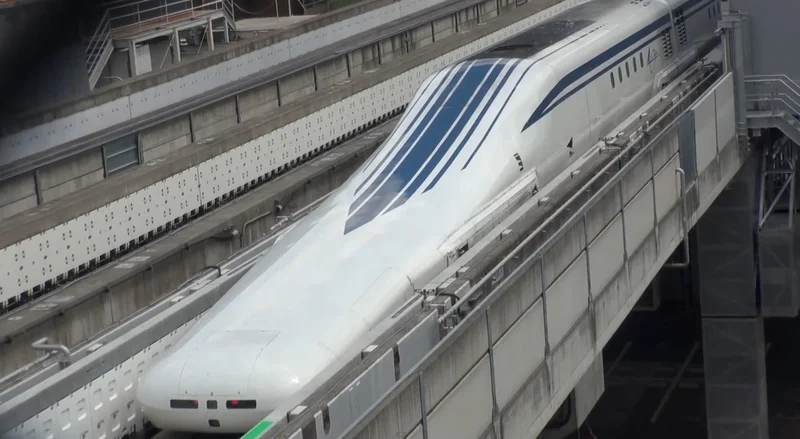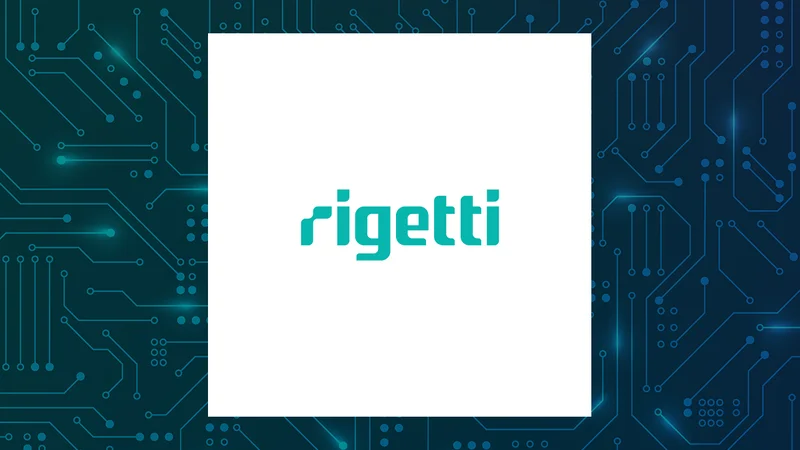Maglev Project Derailed: What Happened and What's Next
Title: The Maglev Mirage: How Maryland's $20 Billion Train Went Off the Rails
The dream of a high-speed maglev train whisking passengers between Baltimore and Washington, D.C., in a mere 15 minutes is officially dead. The Federal Railroad Administration (FRA) pulled the plug, deeming the project "no longer feasible." At a projected cost of nearly $20 billion, it's a fair question to ask: what went wrong?
The Fatal Flaw: Federal Pushback
The FRA's official reason centers on "substantial negative effects to agency operations or to important resources managed by federal agencies." Fort George G. Meade, a major federal installation in Anne Arundel County, was a key sticking point. The FRA determined that the maglev's "direct" and "indirect" effects would "significantly impair critical infrastructure and operations and ongoing agency missions." In other words, national security concerns outweighed the potential transportation benefits. Feds pull plug on Baltimore-DC maglev train project
It's tempting to see this as a simple case of bureaucracy killing innovation. But let's dig a little deeper. The FRA had already awarded the Maryland Department of Transportation (MDOT) $27 million back in 2016 for preliminary engineering and environmental review. Why wasn't this federal agency impact assessed before millions were spent? Was there a failure in inter-agency communication, or were these concerns deliberately downplayed in the initial proposal? This discrepancy between the initial investment and the final rejection raises serious questions about the project's due diligence.
The Numbers Game: Jobs vs. Reality
Baltimore Washington Rapid Rail, the company slated to develop the project, claims the maglev would have resulted in "over $6 billion in private investment" and "created more than 160,000 jobs." Those are impressive numbers, but let's apply a healthy dose of skepticism. Job creation figures are notoriously difficult to verify (and often wildly inflated). How many of those jobs would have been permanent, high-paying positions versus temporary construction gigs? What's the multiplier effect baked into that $6 billion investment figure? Without detailed breakdowns, these numbers are just marketing fluff.
Furthermore, the company lamented the "missed opportunity" to replace 16 million car trips, citing air quality benefits. While reducing car dependence is a laudable goal, is maglev the most cost-effective way to achieve it? Could targeted investments in existing public transportation infrastructure (bus rapid transit, light rail expansion) have yielded similar results at a fraction of the price?

I've looked at hundreds of these "economic impact" reports, and the lack of transparency always rings alarm bells. It feels like the projected benefits were used to justify a project with questionable financial viability from the start.
The Political Calculus: A Train to Nowhere?
Even with $158 million in private investment and the backing of major lobbying firms, the maglev faced significant political opposition. State lawmakers like Del. Nicole Williams and Sens. Pamela Beidle and Malcolm Augustine sponsored legislation to block state funding for the project. Their concerns ranged from environmental impacts to the lack of economic development for specific communities. Maryland’s high-speed maglev train project is not happening
Gov. Wes Moore, a supporter of innovative transportation technologies, acknowledged the "insurmountable" challenges facing the project. However, his spokesperson also stated a commitment to "advance transportation solutions that improve the safety, reliability, and efficacy of our transportation system."
This begs the question: Was the maglev project ever truly viable, or was it a political pet project championed by a select few, disconnected from the needs and concerns of the broader community?
The Dream Died on the Rails
The Maryland maglev project serves as a cautionary tale. Ambitious infrastructure projects require more than just technological innovation and impressive-sounding economic projections. They demand rigorous due diligence, transparent cost-benefit analyses, and genuine community buy-in. Without these elements, even the most futuristic train is destined to go off the rails.
Related Articles
The End of Opaque Finance: How a Single Complaint Reveals the Need for a Tech-Driven Revolution
The Analog Crime in a Digital World When I read about the recent allegations against Vincent Ferrara...
The ASML Stock Frenzy: Why Everyone's Suddenly Obsessed and What They're Not Telling You
Let's get one thing straight. Every time I see a headline about ASML’s stock climbing another few pe...
The Surprising Tech of Orvis: Why Their Fly Rods, Jackets, and Dog Beds Endure
When I first saw the headlines about Orvis closing 31 of its stores, I didn't feel a pang of nostalg...
Julie Andrews: Why Her Legacy Endures Beyond Her Iconic Voice
I spend my days analyzing systems. I look at code, at networks, at AI, searching for the elegant des...
RGTI Stock: A Comparative Analysis vs. IONQ and NVDA
The market action surrounding Rigetti Computing (RGTI) in 2025 presents a fascinating case study in...
Robert Herjavec: Net Worth, Shark Tank, and Wife Kym – What We Know
Robert Herjavec's Million-Dollar Bet: Why Real Estate Still Holds the Keys to the Future Robert Herj...





